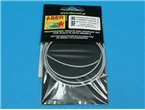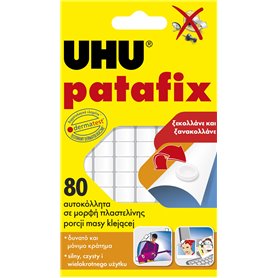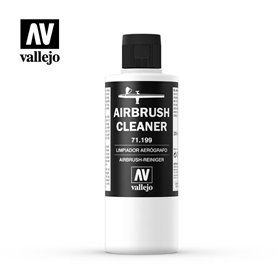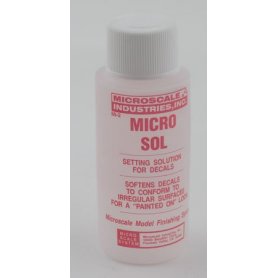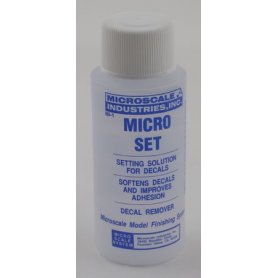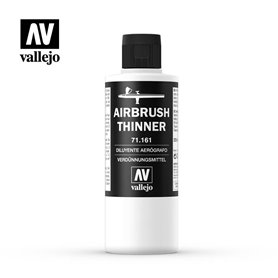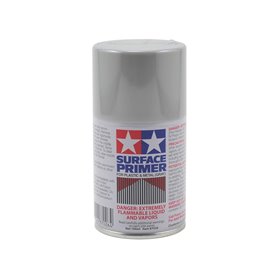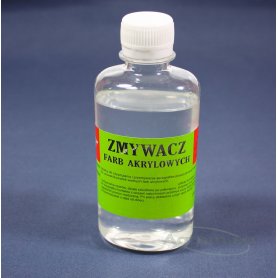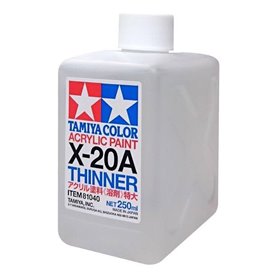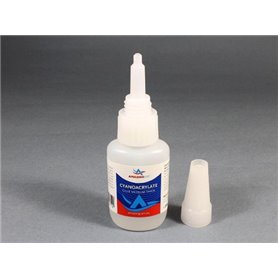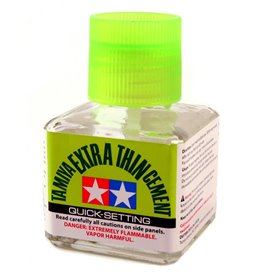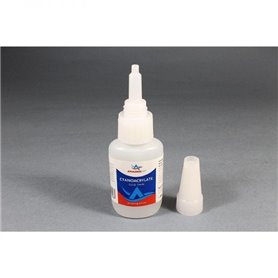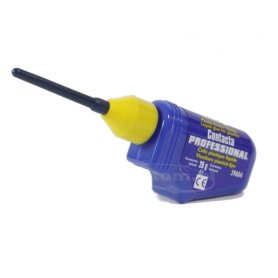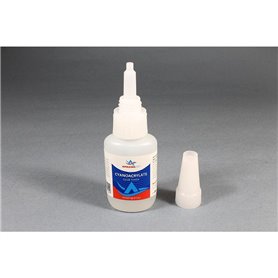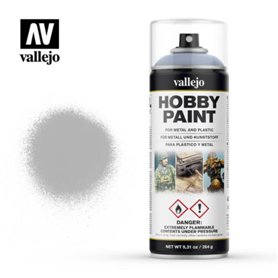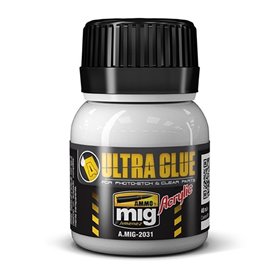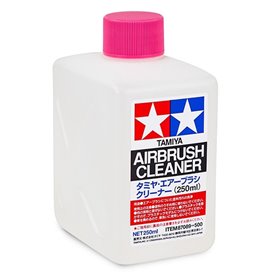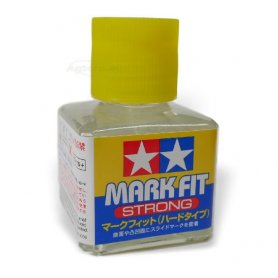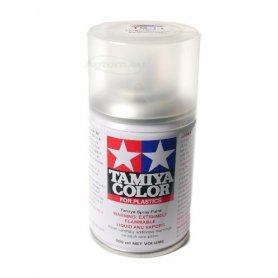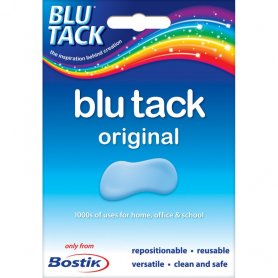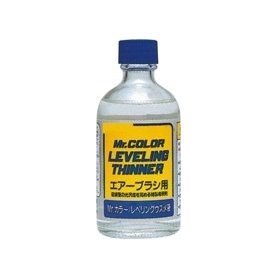Greases and Oils in RC Modeling
Proper maintenance of an RC model is key to its long and trouble-free operation. One of its most crucial elements is the regular lubrication of moving parts. This category features RC modeling greases and oils, which are essential for reducing friction, protecting against wear, and ensuring the smooth operation of components. Using the right lubricants is crucial for differentials, gearboxes, bearings, driveshafts, and shock absorbers. Neglecting lubrication leads to faster part wear, a decrease in performance, and in extreme cases, costly failures.
Types and Applications of RC Lubricants
Choosing the right product depends on its intended application. Thick greases (e.g., Teflon, ceramic, graphite) are ideal for high-load components, such as metal gears in transmissions or differentials. They create a durable protective layer that is resistant to high pressure and temperatures. In contrast, thinner oils, including the most popular silicone oils, are used in shock absorbers. Their density (viscosity), expressed in cSt or WT units, directly affects the suspension's performance characteristics. By selecting an oil with a different viscosity, you can precisely adjust the shock absorbers' stiffness to suit track conditions and personal preferences. Lighter oils are also used for lubricating ball bearings or driveshaft joints, where minimal resistance is crucial.
How to Choose the Right Grease or Oil?
The basic principle is to follow the model manufacturer's recommendations, which are usually found in the instruction manual. It specifies which types of greases and oils are recommended for specific components. It is also important to consider the materials of the parts being lubricated. Some greases can react negatively with plastics, so it is essential to choose products that are plastic-safe. Regularly checking and replenishing greases and oils is a simple task that significantly extends the model's lifespan and allows you to enjoy its maximum performance.





